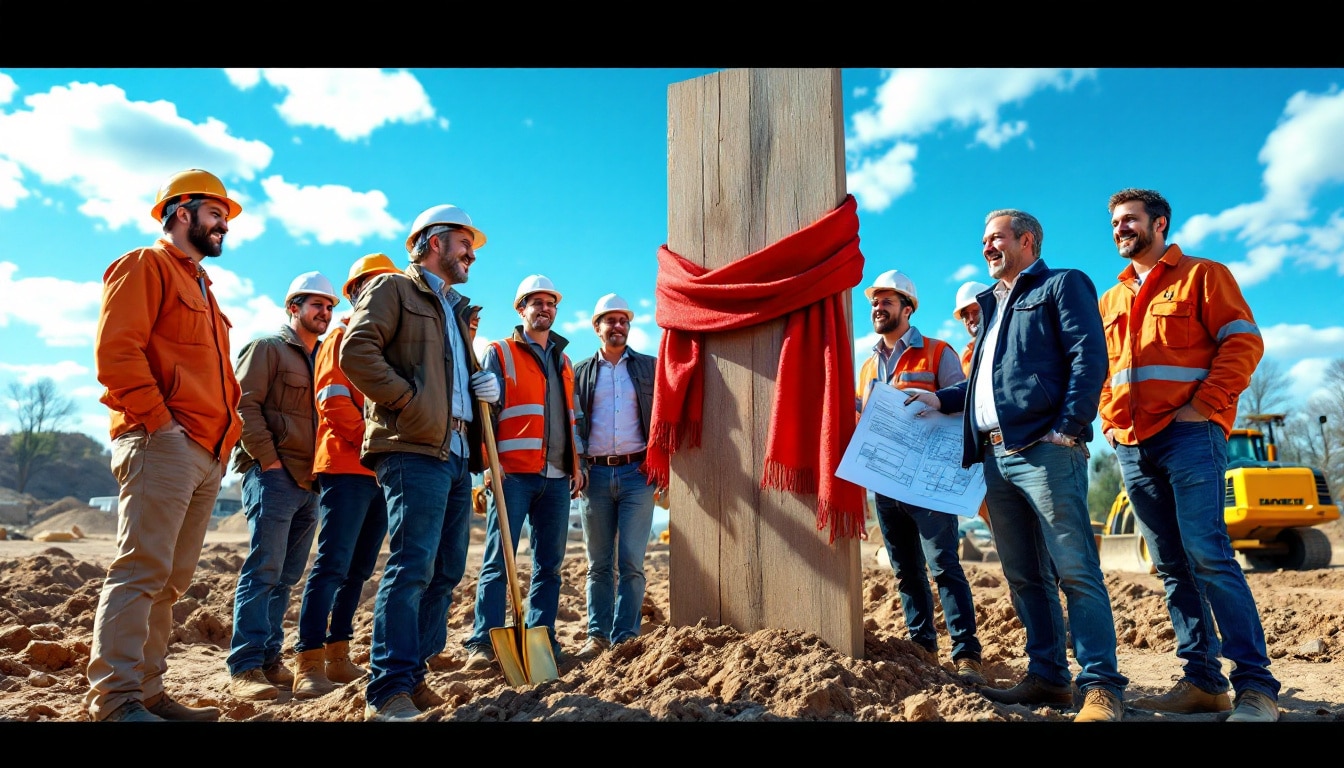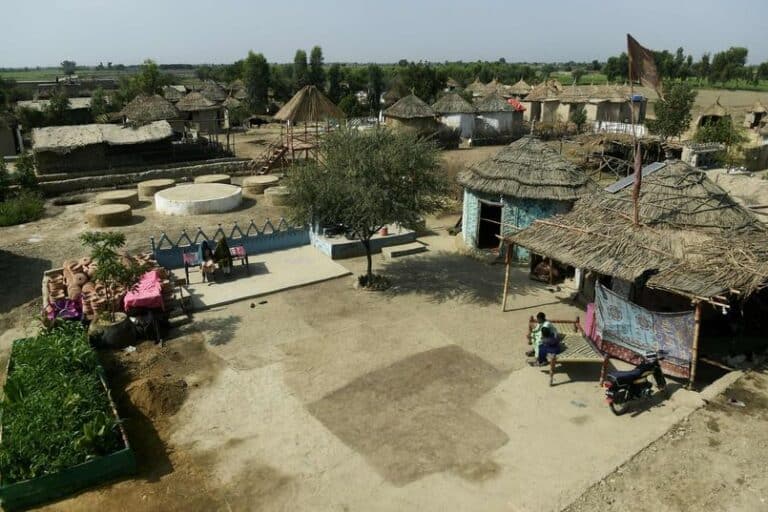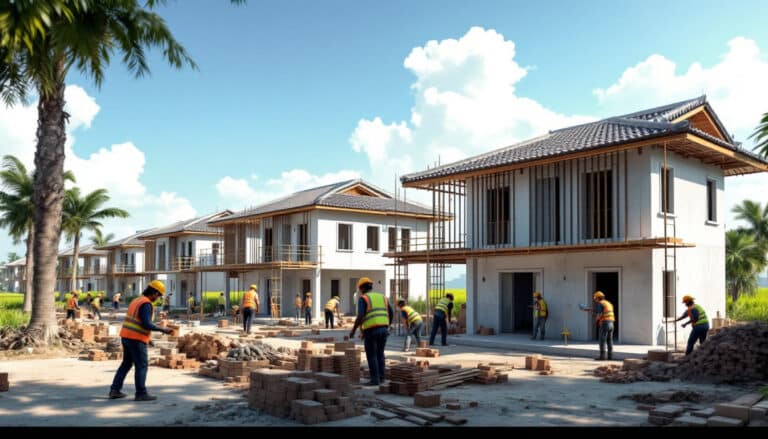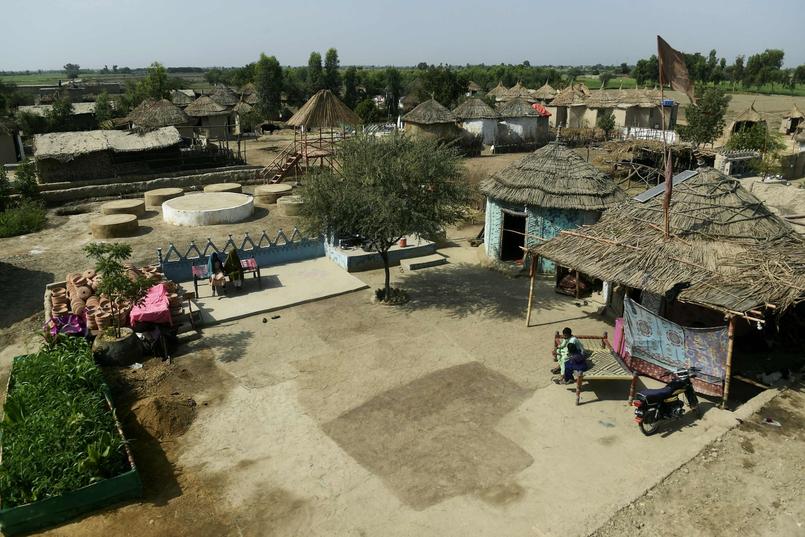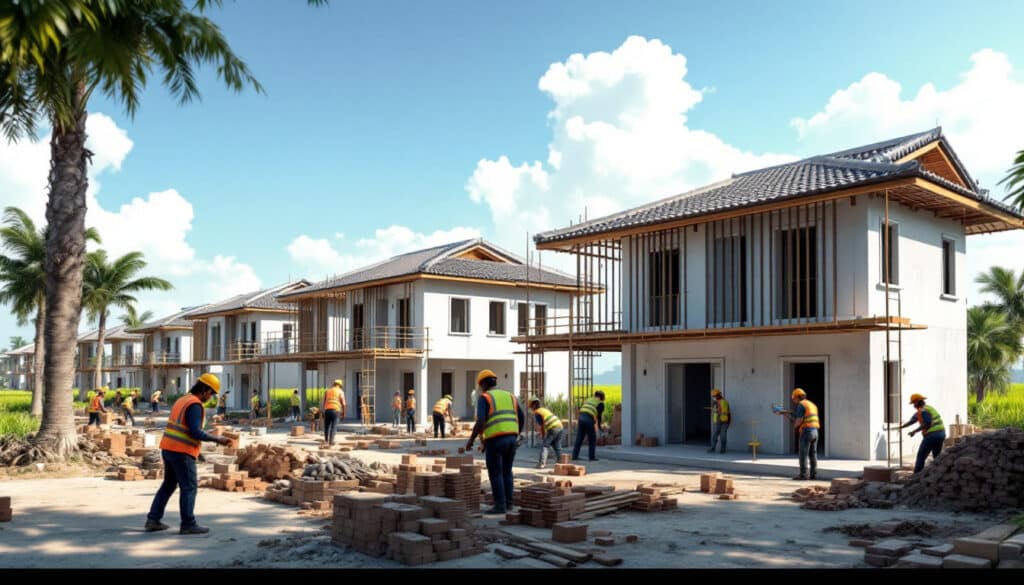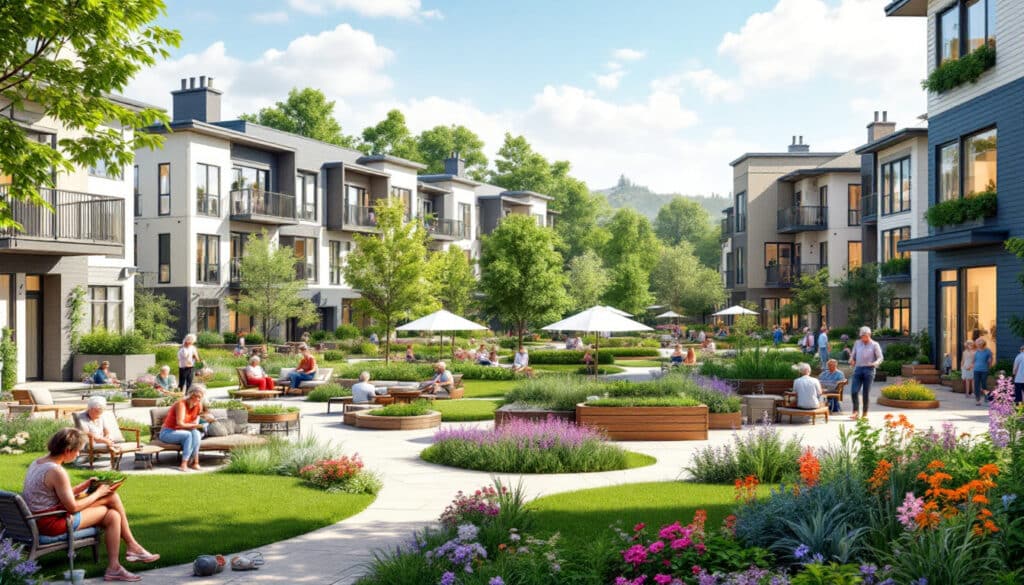Your online experience is at the heart of our concerns.We use cookies and data to optimize our services.Find out how we protect and personalize your browsing.
We employ cookies to ensure the reliability of our Google services and monitor potential interruptions while protecting against spam, fraud, and abuse. Analyzing audience engagement and site statistics allows us to understand how our services are used and to improve their quality. By accepting all options, you help us develop new services and measure the effectiveness of ads. Additionally, we can display personalized content and ads based on your preferences and browsing history.
The innovative architecture and community projects are playing an increasingly important role in the modern urban landscape. The recent launch of the construction of the red scarf house perfectly embodies this trend, combining aesthetics, functionality, and social commitment. Located at the heart of the city, this new residential structure promises to become a model of sustainable development and community living.
Table of Contents
ToggleWhat are the main objectives of the red scarf house?
The red scarf house was designed with several objectives in mind. Firstly, it aims to offer a modern and comfortable living space while integrating cutting-edge technologies. One of the most remarkable aspects of this project is its commitment to sustainable development. By using eco-friendly materials and efficient energy systems, the house seeks to reduce its carbon footprint and promote responsible living.
Furthermore, the red scarf house is tasked with strengthening the social fabric of the local community. Generous common spaces are planned to encourage interactions among residents, thus promoting harmonious community living. This project is also part of a social inclusion approach, providing housing that meets the needs of everyone, whether families, seniors, or young professionals.
How does the red scarf house integrate technological innovation?
The integration of innovative technologies is at the heart of the design of the red scarf house. Among the many technological advancements used, there is home automation, allowing control of lighting, heating, and security systems via smart devices. This automation not only enhances the comfort of residents but also contributes to more efficient energy management.
Moreover, the project incorporates 4.0 construction solutions, such as the use of drones to monitor the progress of work and ensure optimal construction quality. This modern approach allows for better coordination among the various stakeholders and a reduction in completion times. To learn more about the impact of advanced technologies in construction, click here.
What materials are used to ensure the durability of the construction?
The selection of building materials plays a crucial role in the durability and energy efficiency of the red scarf house. The project prioritizes recyclable and low-carbon emission materials, such as certified wood, eco-friendly concrete, and natural insulators. These choices not only reduce environmental impact but also increase the longevity of the structures.
Additionally, the use of innovative materials like integrated solar panels and rainwater harvesting systems contributes to the energy self-sufficiency of the house. These solutions help to decrease energy costs for residents while promoting responsible management of natural resources. To understand the impact of materials on mortgage credit and construction costs, consult this article.
What challenges were encountered during the launch of this project?
The launch of the construction of the red scarf house has not been without challenges. One of the main obstacles has been cost management in the context of soaring prices for building materials. This price increase required constant reassessment of budgets and optimization of available resources. To overcome these difficulties, the designers opted for self-built construction solutions, allowing them to limit expenses without compromising the quality of the project. Discover how other projects have faced these challenges here.
Moreover, coordination among the various project stakeholders required effective communication and strict management of deadlines. The public inquiry regarding the demolition of existing structures to make way for the new construction also posed a challenge, requiring a transparent and collaborative approach with the local community. For a similar case study, click here.
What is the impact of this project on the local community?
The red scarf house is much more than a mere residential structure. It represents a true initiative to strengthen community cohesion. By providing suitable common spaces, the project facilitates meetings and exchanges among residents, thus promoting a sense of belonging and solidarity. Furthermore, the activities organized within the house, such as training workshops and cultural events, contribute to energizing local life and promoting civic engagement.
The project also has a positive economic impact by generating local jobs and stimulating the activity of companies in the construction sector. By collaborating with local craftsmen, the red scarf house supports the regional economy while ensuring high quality standards in the execution of the work. To learn more about the economic impact of local construction projects, visit this page.
What are the future perspectives for the red scarf house?
With the launch of the construction of the red scarf house, the future perspectives are promising. Once completed, the house will serve as a model for future residential projects that combine innovation, sustainability, and social integration. The experience gained from this project will allow for refining construction methods and optimizing management processes, paving the way for similar initiatives in other regions.
Additionally, the red scarf house plans to continuously adopt new technologies and practices to remain at the forefront of real estate innovation. The commitment to continuous improvement and resident satisfaction ensures that this project will remain relevant and beneficial for the local community in the long term. To discover the latest trends in innovative construction, click here.

